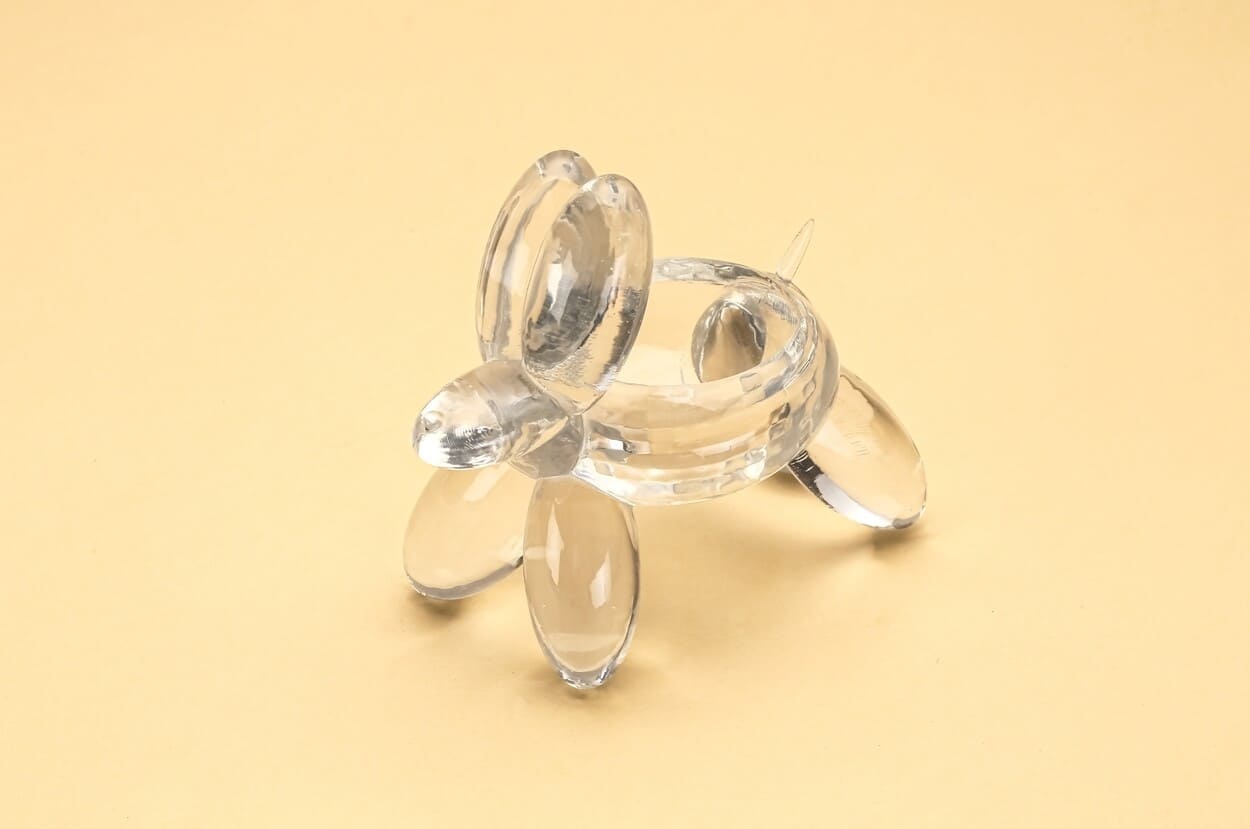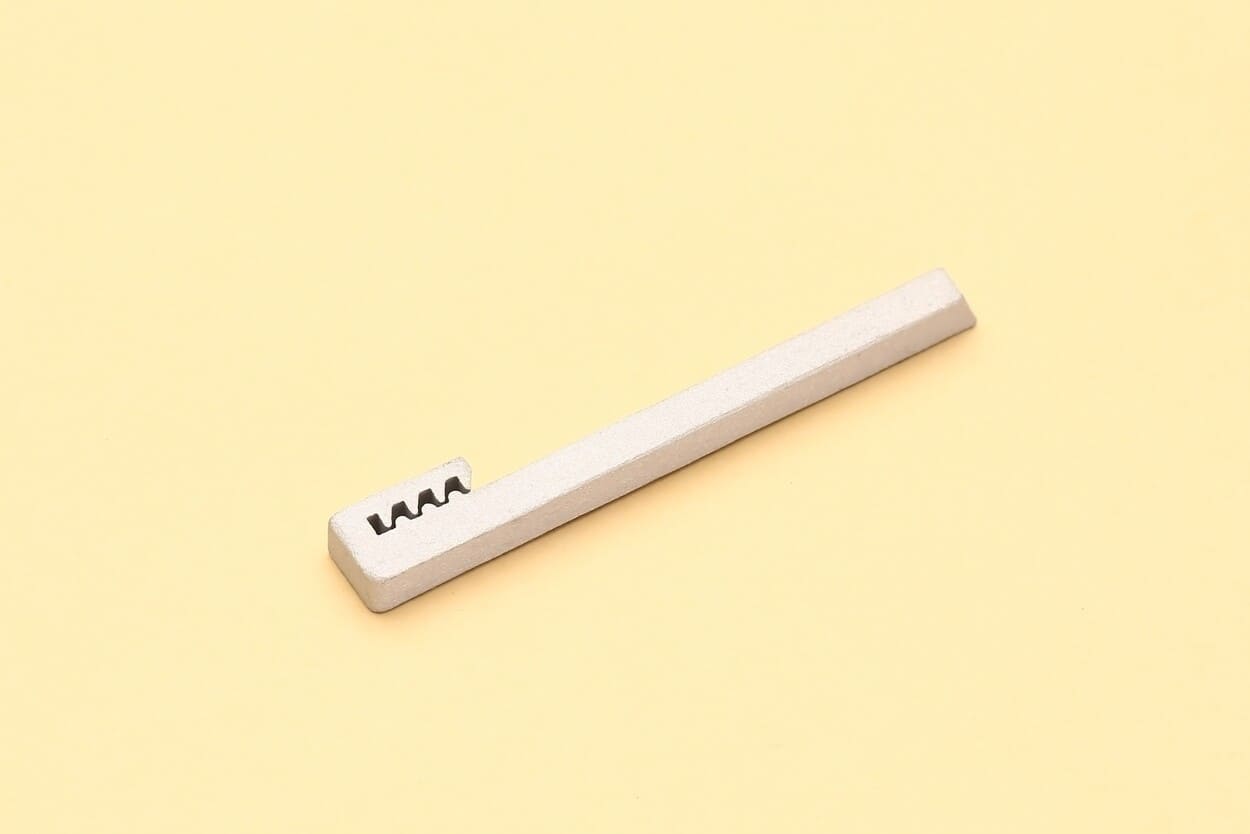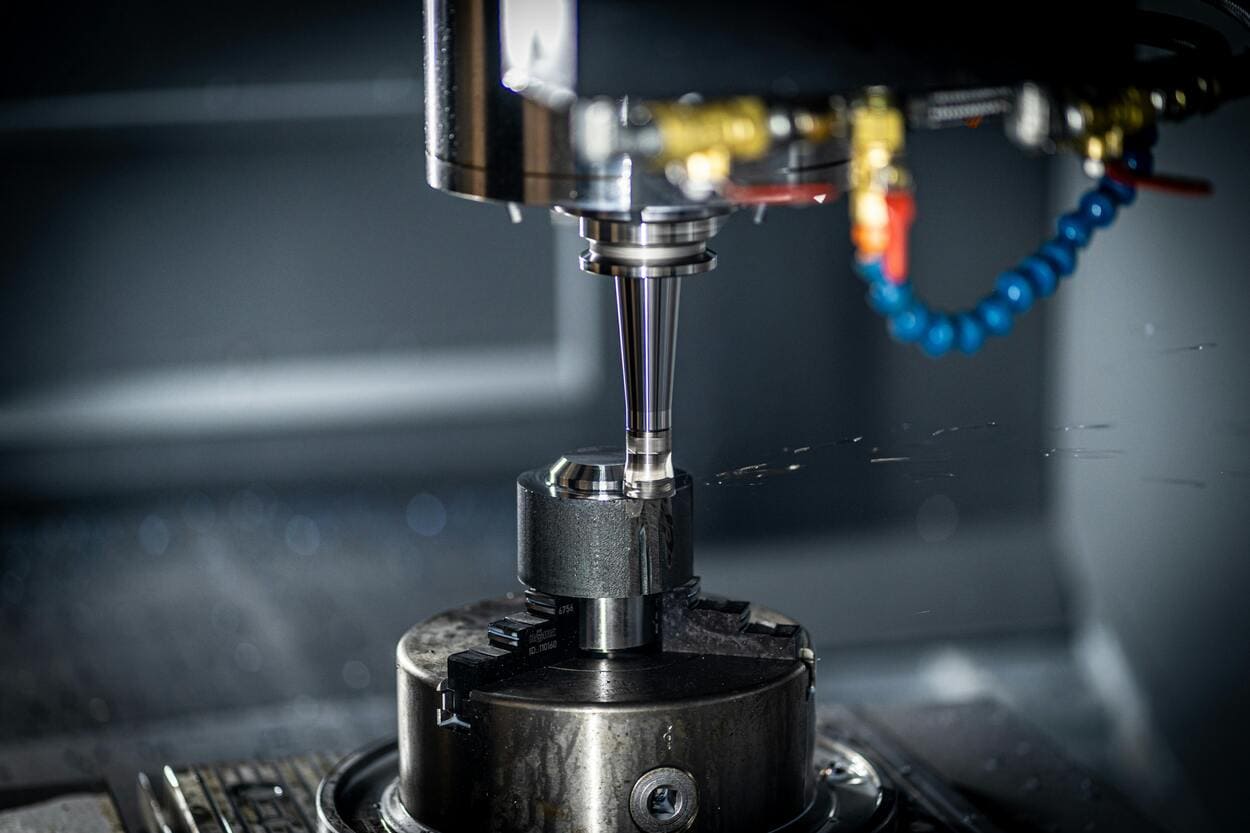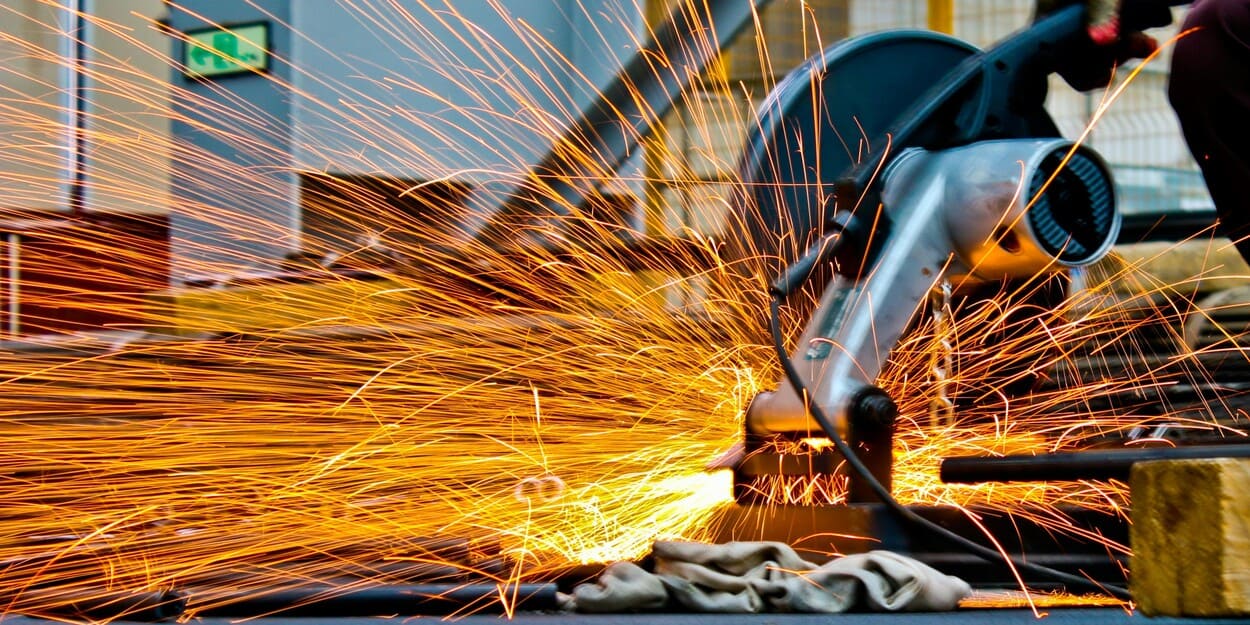Banner Photo Courtesy of Anamul Rezwan
Key Selection Criteria
Before diving into specific 3D printing technologies, it’s important to understand the factors that drive your decision. Whether you need a quick 3D printed prototype or a durable batch of 3D printed end‑use parts, weigh these criteria:
Speed & Cost per Part
Prototypes often prioritize fast turnaround and low piece price.
End‑use runs balance per‑unit cost against material and post‑processing expenses.
Material Properties & Performance
Visual prototypes may use standard PLA or basic resins.
Functional parts require engineering‑grade nylons, metals, or composites.
Dimensional Accuracy & Surface Finish
High‑resolution SLA shines for crisp features on prototypes.
Powder‑bed methods (SLS, MJF) deliver consistent tolerances and smooth finishes for production components.
Production Volume & Scalability
Small runs of prototypes (1–20 pieces) favor versatile, quick setups.
Larger orders (50+ units) demand high‑throughput platforms to hit economical price points.
By matching these needs to the right technology, you’ll save time and avoid cost‑overruns on every 3D printed custom part.
Top 3 Technologies for Prototyping
1. FDM / FFF (Fused Deposition Modeling)
Why it’s great: Ultra‑accessible, with a wide palette of thermoplastics like PLA, ABS, and PETG.
Ideal for: Form‑and‑fit prototypes, concept models, and low‑budget design iterations.
Limitations: Layer lines are visible; detail resolution tops out around 100–200 µm.
2. SLA / DLP Resin Printing
Why it’s great: Exceptional detail (down to 25 µm) and smooth surfaces—perfect for highly detailed visual prototypes.
Ideal for: Jewelry prototypes, dental models, and consumer‑product mockups.
Limitations: Limited mechanical strength; parts can be brittle without specialty resins.
3. PolyJet / MultiJet Modeling
Why it’s great: Combines ultra‑fine layers (16 µm) with multi‑material and full‑color capability in a single build.
Ideal for: Interactive prototypes, multi‑material assemblies, and photorealistic demos.
Limitations: Higher machine and material costs; best reserved for premium proof‑of‑concept work.

Image Courtesy of Hi3DP
Top 4 Technologies for End Use Parts
1. SLS (Selective Laser Sintering)
Why it’s great: Produces strong, functional nylon parts without the need for support structures.
Ideal for: Snap‑fits, housings, and mechanical components in low to mid‑volume production.
Benefits: Good chemical resistance, isotropic strength, minimal post‑processing.
2. MJF (Multi Jet Fusion)
Why it’s great: Fast build speeds and uniform mechanical properties across the build bed.
Ideal for: Production runs of gears, brackets, and assemblies where consistency matters.
Benefits: Fine feature detail and surface finishes often rival injection‑molding prototypes.
3. SLM (Metal 3D Printing)
Why it’s great: True, fully dense metal parts in stainless steel, aluminum, titanium, and more.
Ideal for: Aerospace brackets, medical implants, and end‑use tooling components.
Benefits: Exceptional mechanical properties; supports complex internal channels.
4. Binder Jetting
Why it’s great: Extremely high throughput and lower machine costs for metal and sand molds.
Ideal for: Sand casting molds, low‑cost metal prototypes, and large‑scale parts.
Benefits: Post‑sintered parts achieve structural integrity; green parts require handling care.

Image Courtesy of Hi3DP
Hybrid Manufacturing Processes
3D Printing & CNC Machining
By combining additive and subtractive processes, you get the best of both worlds: rapid, complex shapes from 3D printing plus the pinpoint accuracy of CNC machining. This hybrid workflow cuts material waste and lead time while guaranteeing tight tolerances (±0.05 mm or better) on mating surfaces. It’s ideal for functional prototypes that require both organic geometry and machined interfaces or short‑run end‑use parts with exact fits.
3D Printing & Vacuum Casting
Vacuum casting uses a silicone mold to reproduce high‑quality plastic parts from a 3D printed master pattern. After printing your prototype in resin (often SLA), we create a silicone mold around it, then draw liquid polyurethane under vacuum to fill every detail—eliminating bubbles and ensuring uniform wall thickness. This process delivers parts with consistent mechanical and aesthetic properties (UV resistance, color matching) in small batches (up to 50 pieces) far more economically than direct resin printing. Perfect for market testing, appearance models, and pre‑production runs of 3D printed custom parts.
3D Printing & Casting
For metal components, 3D printing and traditional casting form a powerful duo. We start by printing a wax or plastic pattern of your geometry—complete with internal cores—then invest it in ceramic, burn out the pattern, and pour molten metal (aluminum, steel, bronze) into the cavity. This printed pattern technique accelerates tooling creation, reduces mold complexity, and enables internal features impossible with conventional cores alone.
3D Printing & Injection Molding
Short‑run injection molding often suffers from high tooling costs and long lead times. By 3D printing your mold inserts in durable, high‑temperature plastics or metal alloys, we can mold small batches (10–200 parts) of ABS, PC, or TPU within days. These printed inserts replicate the thermal and mechanical behavior of steel closely enough to deliver acceptable cycle times and part quality—then can be replaced by steel tooling when volumes justify it. This hybrid path slashes upfront investment, accelerates market validation, and lets you tweak tooling geometry before committing to production.
3D Printing & Sheet Metal Fabrication
Blending additive and sheet‑metal processes unlock lightweight, multi‑material assemblies. The result is a hybrid structure that combines the rigidity and finish of sheet metal with the design freedom of 3D printed custom parts—ideal for enclosures, frames, and chassis in robotics, electronics, and automotive prototypes.

Image Courtesy of Daniel Smyth
Decision Matrix
|
Criteria |
Small‑Batch Prototypes |
Low‑Volume Production |
High‑Performance Parts |
|
Typical Qty |
1–20 |
20–200 |
1–50 |
|
Recommended Tech |
FDM, SLA, PolyJet |
SLS, MJF |
SLM, CFR, DED |
|
Per‑Part Cost |
Low–Medium |
Medium |
High |
|
Turnaround |
1–3 days |
3–7 days |
7–14 days |
|
Material Strength |
Low–Medium |
Medium–High |
Very High |
|
Surface Finish |
Standard–High |
High |
High |
FAQs
Q: How do I choose between SLS and MJF for production runs?
A: Both deliver nylon parts with good mechanical properties. Choose MJF for faster builds and finer detail; pick SLS for broader material selection and slightly better chemical resistance.
Q: Can I get metal prototypes before committing to a production run?
A: Absolutely. Hi3DP offers SLM metal printing for rapid prototyping in stainless steel and aluminum so that you can test fit and form before tooling investment.
Q: What file formats do you accept?
A: We work with mainstream 3D file formats such as STL, OBJ, STEP, GLTF, OBJ, FBX, DAE, 3MF, BREP, GCODE, etc. Upload your 3D CAD model, select your material and finish, and our instant quoting engine shows you pricing in seconds.
Q: Are post‑processing services available?
A: Yes! We offer bead blasting, polishing, painting, and more. For fluid‑tight or load‑bearing parts, we recommend additional finishing to meet your specifications.
Q: How do I get started?
A: Visit Hi3DP’s online quote portal, upload your file, choose from our catalog of 3D printing technologies and materials, and place your order. Our team is here to guide you through every step. Or check out our USER GUIDE.














